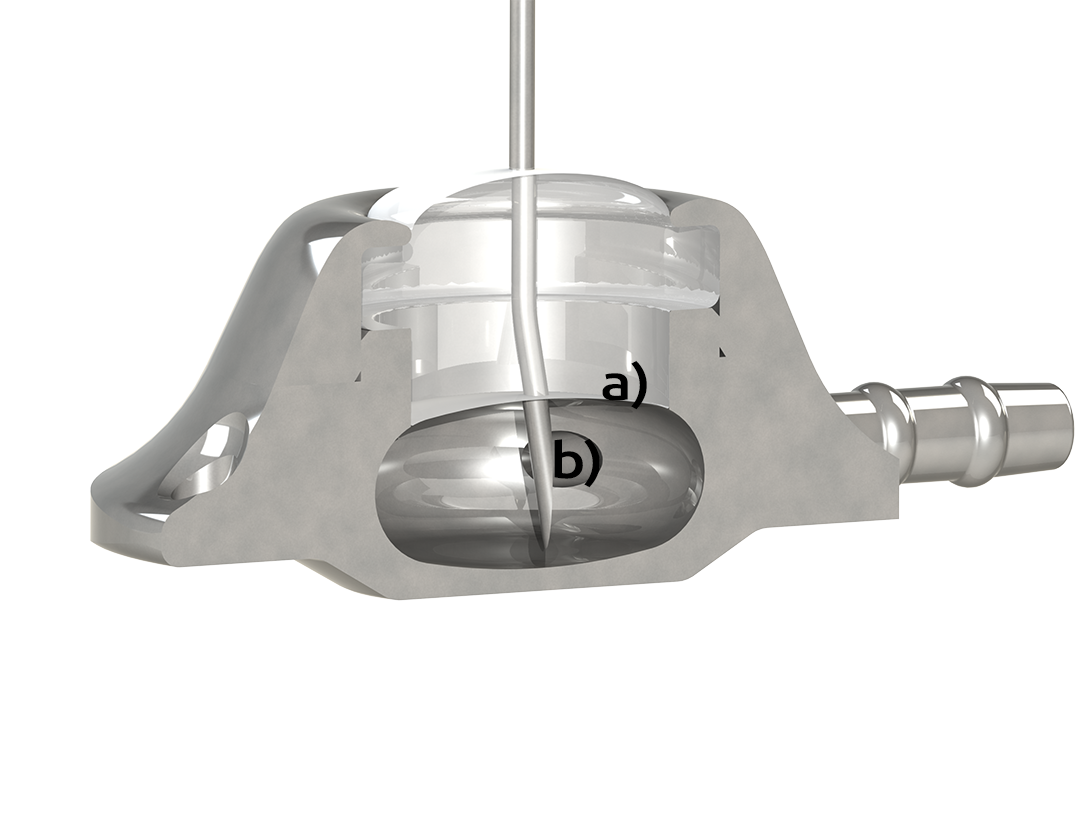NuPort®-LP-CT

The port system, developed from fluid mechanics
Implantable, venous, CT-compatible port.
The most effective solution for long-term vascular access from specialists. In order to achieve optimal cleansing and flow characteristics, we have intensively studied fluid mechanics during the development of the Nu-Flow® chamber. Through the optimized port chamber geometry, we create turbine-like flow dynamics. This "small" cosmetically inconspicuous port, particularly suitable for cachectic or small patients, also has all the advantages of the NuPort® family.
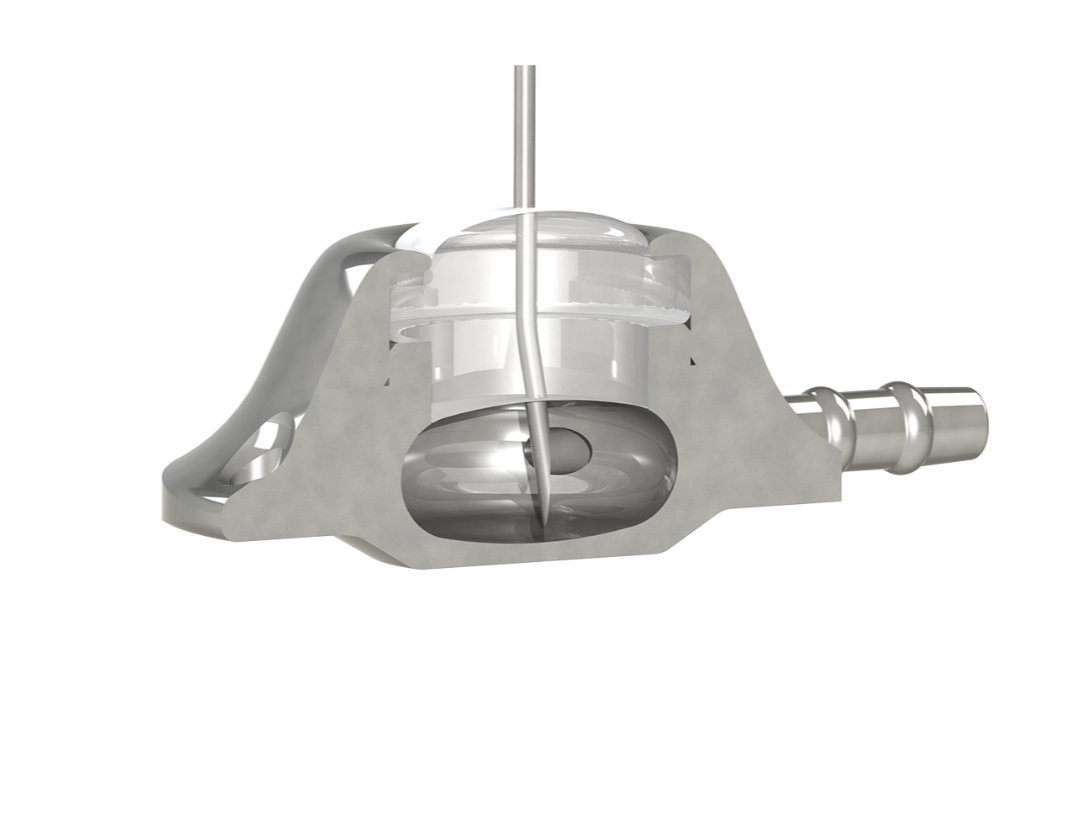
The elliptical chamber associated with the tangential outlet improves flow dynamics and reduces the risk of premature occlusion.
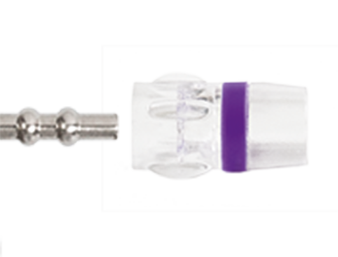
The connection mechanism enables safe connection of the catheter to the port base via audible and tactile feedback. These two detection functions ensure that the connection is properly secure.
Specifications
"Low-Profile/Armport"
Single lumen venous system for
Implantation by means of venous cutdown
Content:
NuPort®-LP-CT, catheter, catheter fixation,
Huber cannula straight, irrigation cannula,
vein lifter, 10 ml syringe
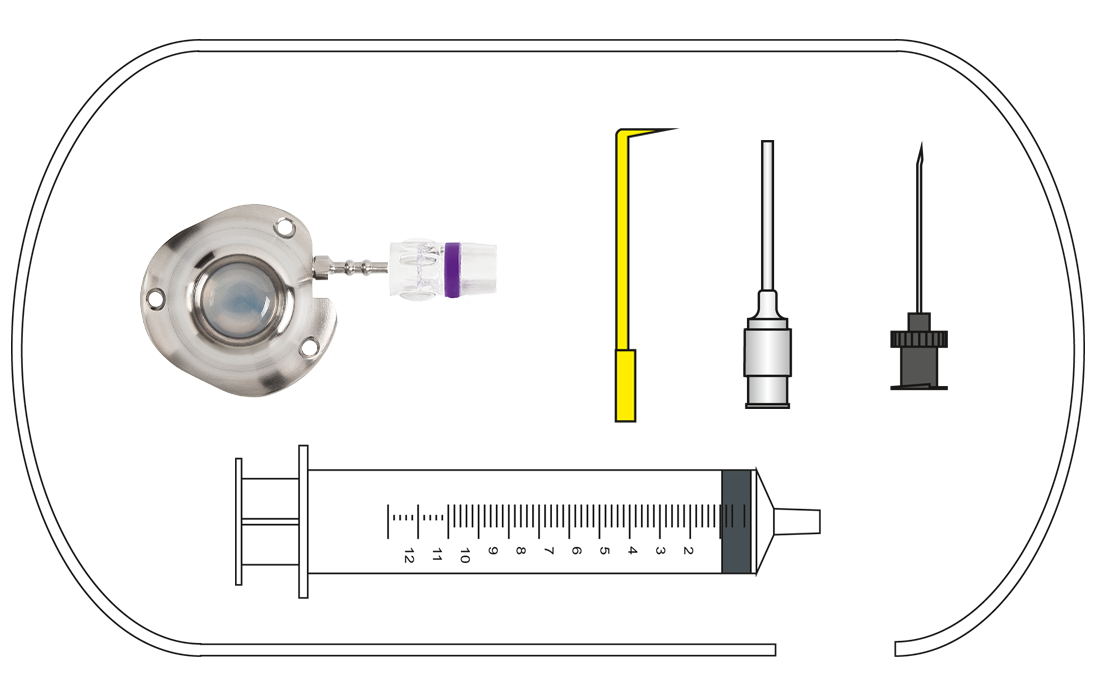
"Low-Profile/Armport"
with percutaneous introducer set
Single lumen venous system for
Implantation by means of percutaneous technique
Content:
NuPort®-LP-CT Basic system,
introducer (Seldinger) needle,
Split-Sheath
with dilator,
Guide wire with insertion aid, tunneler
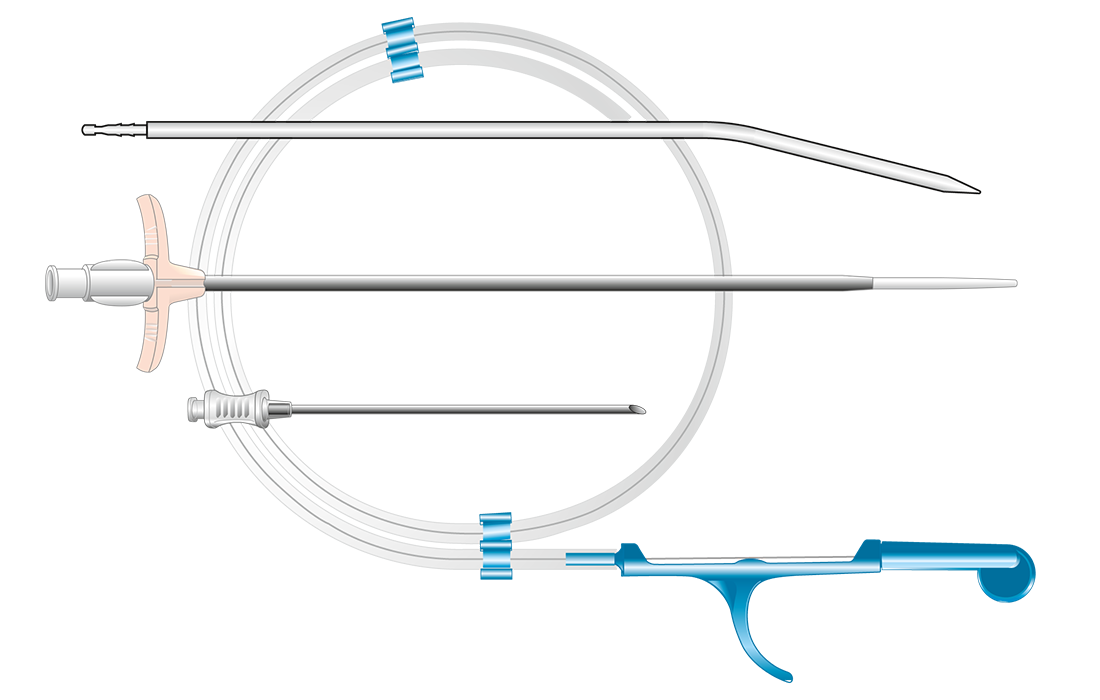
Bestellinformationen
| Catheter | Size | O.D. | I.D. | Length | Ref. without Introducer Set |
Ref. with Introducer Set |
| Polyurethane | 5.0F | 1.75mm | 1.05mm | 70cm | LPA-005CP | LPA-005IP |
| Polyurethane | 6.6F | 2.20mm | 1.28mm | 70cm | LPA-066CP | LPA-066IP |
| Polyurethane | 7.5F | 2.50mm | 1.15mm | 70cm | LPA-075CP | LPA-075IP |
| Silastic®-Silicone | 8.0F | 2.67mm | 1.40mm | 50cm | LPA-008CS | LPA-008IS |
| Polyurethane | 9.0F | 3.00mm | 1.60mm | 50cm | LPA-009CP | LPA-009IP |






